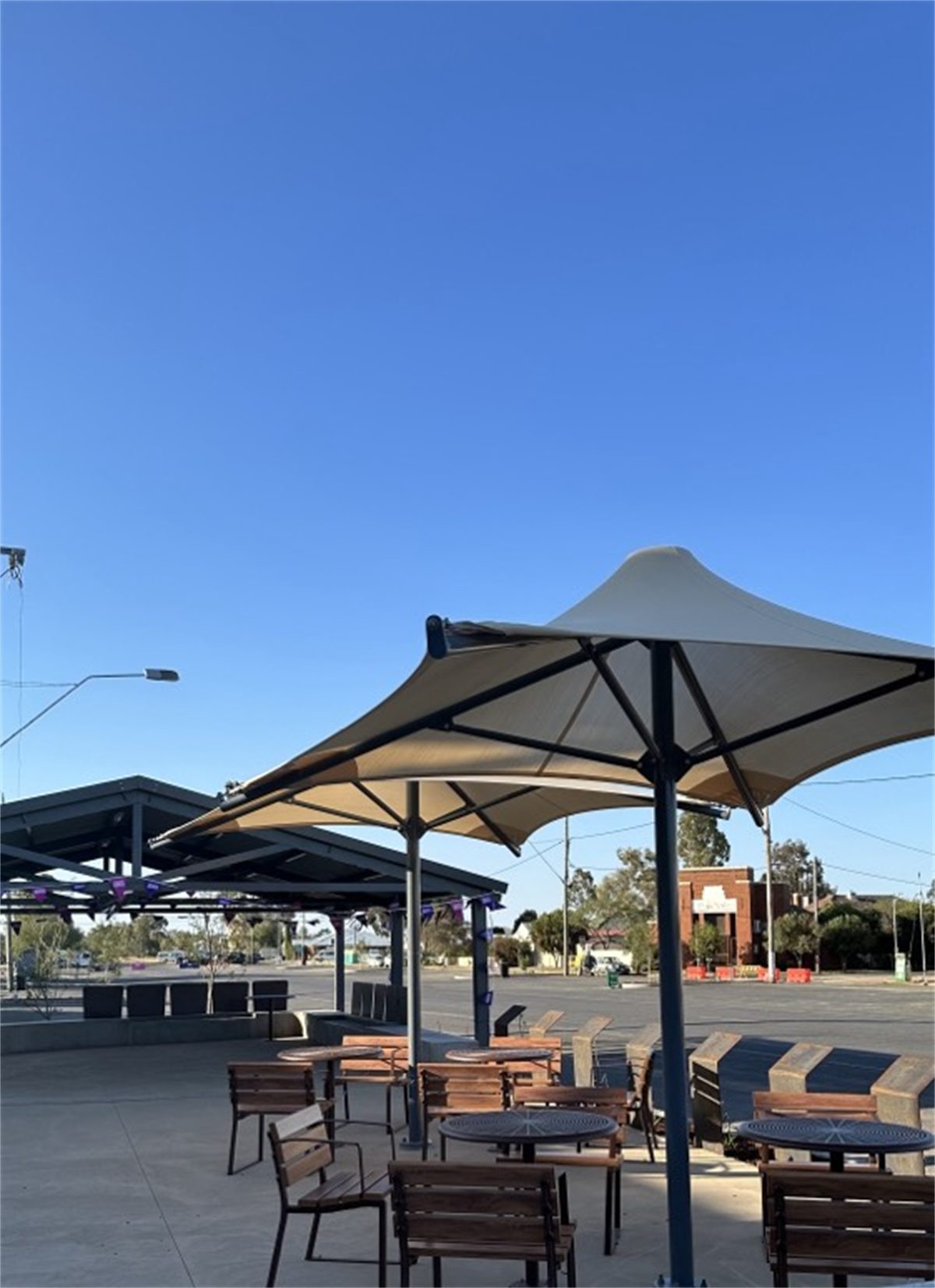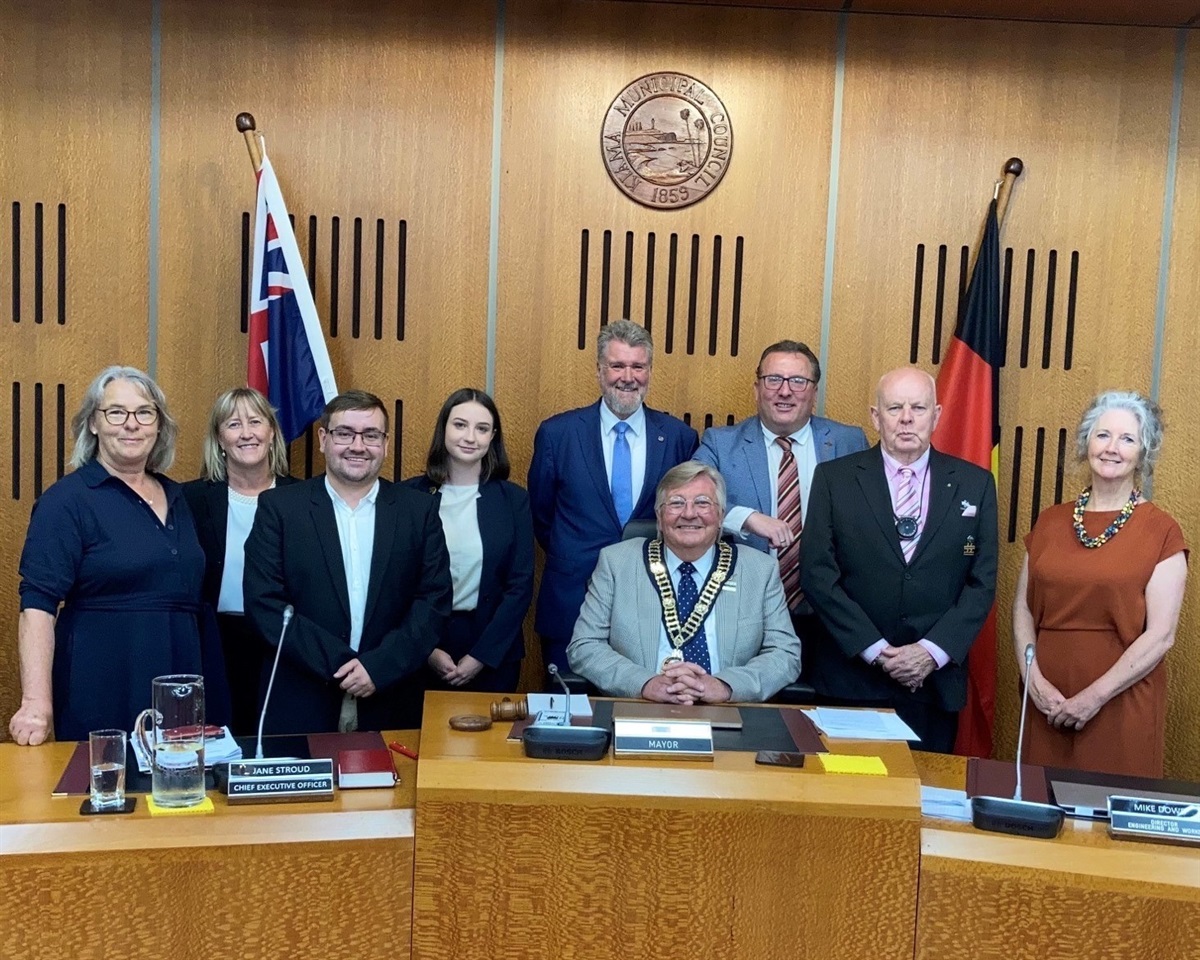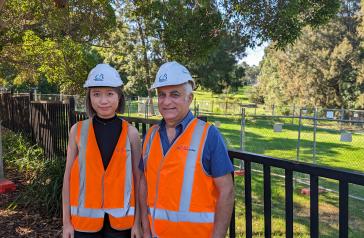Thirty-four small and endangered Bilbies were relocated from Currawinya National Park in Queensland, where there is a strong population, to Newhaven Wildlife Sanctuary near Alice Springs over the weekend, as part of a reintroduction program to strengthen the species’ population.
Australian Wildlife Conservancy (AWC), working with Save the Bilby Fund and Queensland Department of Environmental Science collected the big-eared marsupials from the national park and flew them on two specially-chartered planes to the AWC-owned sanctuary on Saturday (25 June) and Sunday (26 June).
 Ian Pulsford/AWC
Ian Pulsford/AWCPrior to departing on the 2,200km journey from south-west Queensland, the bilbies received a thorough health check from the team at Endeavour Veterinary Ecology and 15 individuals were fitted with tail-mounted VHF transmitters which will enable AWC ecologists to track their movements and monitor their transition.
Once they were cleared for take-off, the 34 bilbies (19 females and 15 males) flew directly to Newhaven Wildlife Sanctuary where they were released into a 9,450-hectare feral predator-free area on Saturday and Sunday evening. They joined 32 other individuals (18 males and 14 females) that were released into the sanctuary last month.
 Ian Pulsford/AWC
Ian Pulsford/AWC“We are pleased to have had the opportunity to work with Save the Bilby Fund to bolster the founding population at Newhaven Wildlife Sanctuary,” said Kirsten Skinner, AWC Wildlife Ecologist. “By translocating bilbies from multiple sites, we are establishing a genetically healthy founding population that will breed up in the coming months and help safeguard the species from extinction.”
“Additionally, the new individuals will join the others in turning over 20 tonnes of topsoil each year at Newhaven. Their digging improves germination conditions for plants and helps maintain healthy soil dynamics – processes which are critical in the function of desert ecosystems.
“Ecologists have already recorded a number of burrows around Newhaven’s roads and diggings by the bilbies introduced last month. We expect to see more soil turnover as the new bilbies get settled into their new home.”
 Ian Pulsford/AWC
Ian Pulsford/AWCKevin Bradley, Save the Bilby Fund Chief Executive Office said:
“This translocation is a great example of collaboration between conservation groups and government agencies working together to get the best possible outcome for bilbies; and a big step towards our goal of 10,000 bilbies to be held securely to provide an insurance population should something catastrophic happen in the wild.”
 Ian Pulsford/AWC
Ian Pulsford/AWCKnown to local Warlpiri people as ‘ninu’, the Greater Bilby is culturally significant to the Traditional Owners of Newhaven, and is an important ecosystem engineer that facilitates key ecosystem processes through burrowing and digging for food. Although once widespread across Central Australia, their numbers have drastically declined, due to the threats posed by feral predators such as feral cats and foxes, and destructive fire regimes in recent decades.
While once widespread across much of arid Australia, the Greater Bilby population crashed following European colonisation, and continues to suffer due to introduced predators such as feral cats and foxes.
According to AWC’s annual Bilby Census, the conservation organisation protects over 1,480 Greater Bilbies at five sanctuaries – Mt Gibson (WA), Scotia (NSW), Yookamurra (SA) Wildlife Sanctuaries and at two NSW government partnership projects at Mallee Cliffs National Park and in the Pilliga. With the inclusion of Newhaven, AWC expects to protect up to 5,000 Greater Bilbies within the next 10 years which will represent a major boost for the species.
Other threatened and locally extinct species such as the Golden Bandicoot, Numbat, Brushtail Possum, Central Rock-rat, Western Quoll, and Shark Bay Mouse will be restored to Central Australia by AWC in coming years. They will join the Mala, Red-tailed Phascogale, Brush-tailed Bettong, Burrowing Bettong and now Greater Bilby, which were reintroduced to Newhaven in 2017, 2020, 2021 and 2022.







